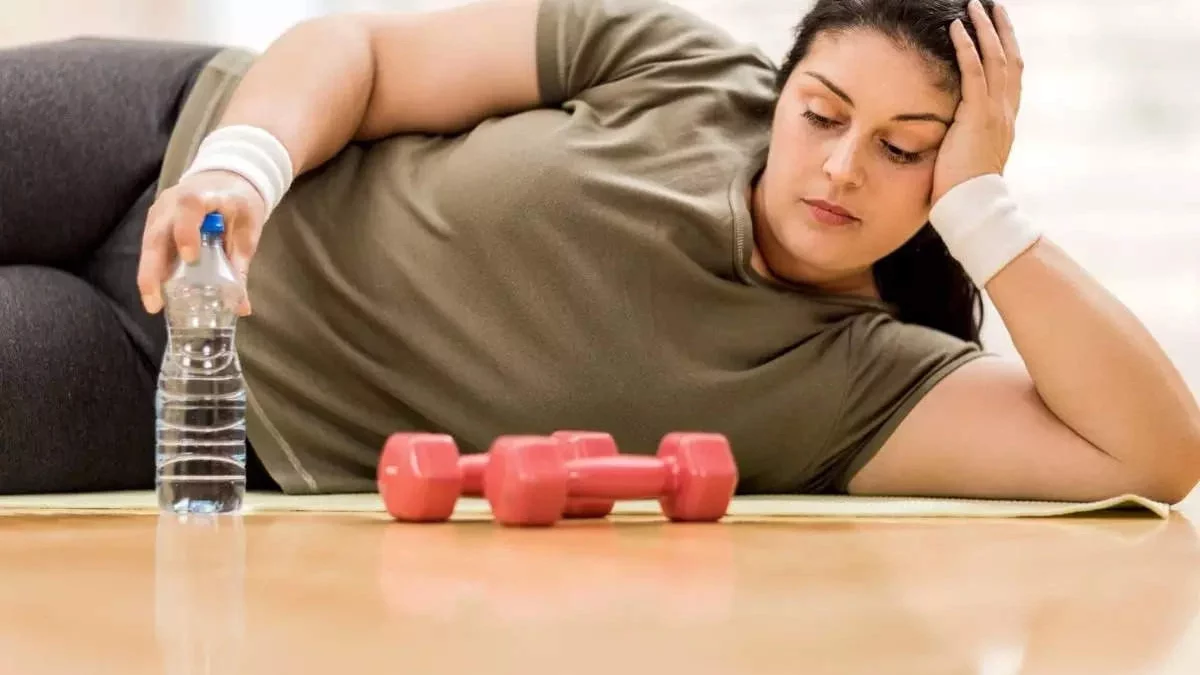Gerçek para yatırmadan test edebileceğiniz Deneme Bonusu Veren Siteler rehberimizde Esbet, Bahis Abi, Babilonbet ve daha fazlasını inceledik.
Table of Contents
What is an inactive lifestyle?
Be a couch potato. Don’t exercise—a sedentary or inactive lifestyle. You’ve probably heard all of these expressions before, and they mean the same thing: a sedentary lifestyle with little or no exercise.
Around the world, people are spending extra time in sedentary occupations. In our free time, we often sit down: use a computer or other device, watch television, or play video games. Many of our jobs have converted more sedentary, with long days spent at desks. And most of us get around seated: in cars, buses and trains.
How does an inactive lifestyle affect your body?
You burn fewer calories. It makes it more likely that you will gain weight.
You can decrease muscle strength and endurance because you don’t use your muscles as much
Your bones can weaken and lose some of their mineral content.
Your metabolism may be affected, and your body may have a more challenging time breaking down fats and sugars.
You may have poor circulation.
Your body may have more inflammation.
You can grow a hormonal imbalance.
obesity
Heart disease, including coronary artery disease and myocardial infarction.
Arterial hypertension
High cholesterol
stroke
Metabolic syndrome
Type 2 diabetes
Certain types of cancer, including colon, uterine cancer, osteoporosis and falls
Increased feelings of depression and anxiety.
A sedentary lifestyle can also increase the risk of premature death. And the more sedentary you are, the greater your health risks.
How can I start training?
If you’ve been inactive, you may need to start slow. You can gradually add more exercises. The more you can do, the better. But try not to get overwhelmed and do what you can. Sport is always better than doing nothing. Ultimately, your goal may be to get the recommended amount of exercise for your age and health.
There are many ways to train; Finding the types that work best for you is crucial. You can also try to be extra active in your life in more minor ways, such as B. at home and work.
How can I be more active in the household?
There are several ways to get active in your home:
Housework, gardening and gardening are physical work. To increase the intensity, you can try doing faster.
Keep moving while you watch TV. For example, lift dumbbells, do gentle yoga stretches or ride a stationary bike. As an alternative to using the TV remote, get up and change the channel yourself.
Train at home with an exercise video (on your TV or the Internet)
Take a walk around your neighbourhood. It can be more fun to walk your dog, drive your kids to school, or go for a walk with a friend.
Stand up when you’re on the phone
Get exercise equipment for your home. Treadmills and elliptical machines are great, but not everyone has the money or space for them. Less expensive equipment like yoga balls, exercise mats, resistance bands, and dumbbells can also help you exercise at home.
How can I be extra active at work?
Maximum of us sit in front of a computer when we work. Less than 20% of Americans have physically lively jobs. It can be not easy to fit physical activity into your busy workday, but here are some tips to help you get moving:
Get out of your chair and change around at least once an hour
Stand tall when making calls
Find out if your company can provide you with a standing desk or treadmill
Use the stairs instead of the elevator
use your father

